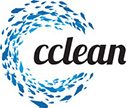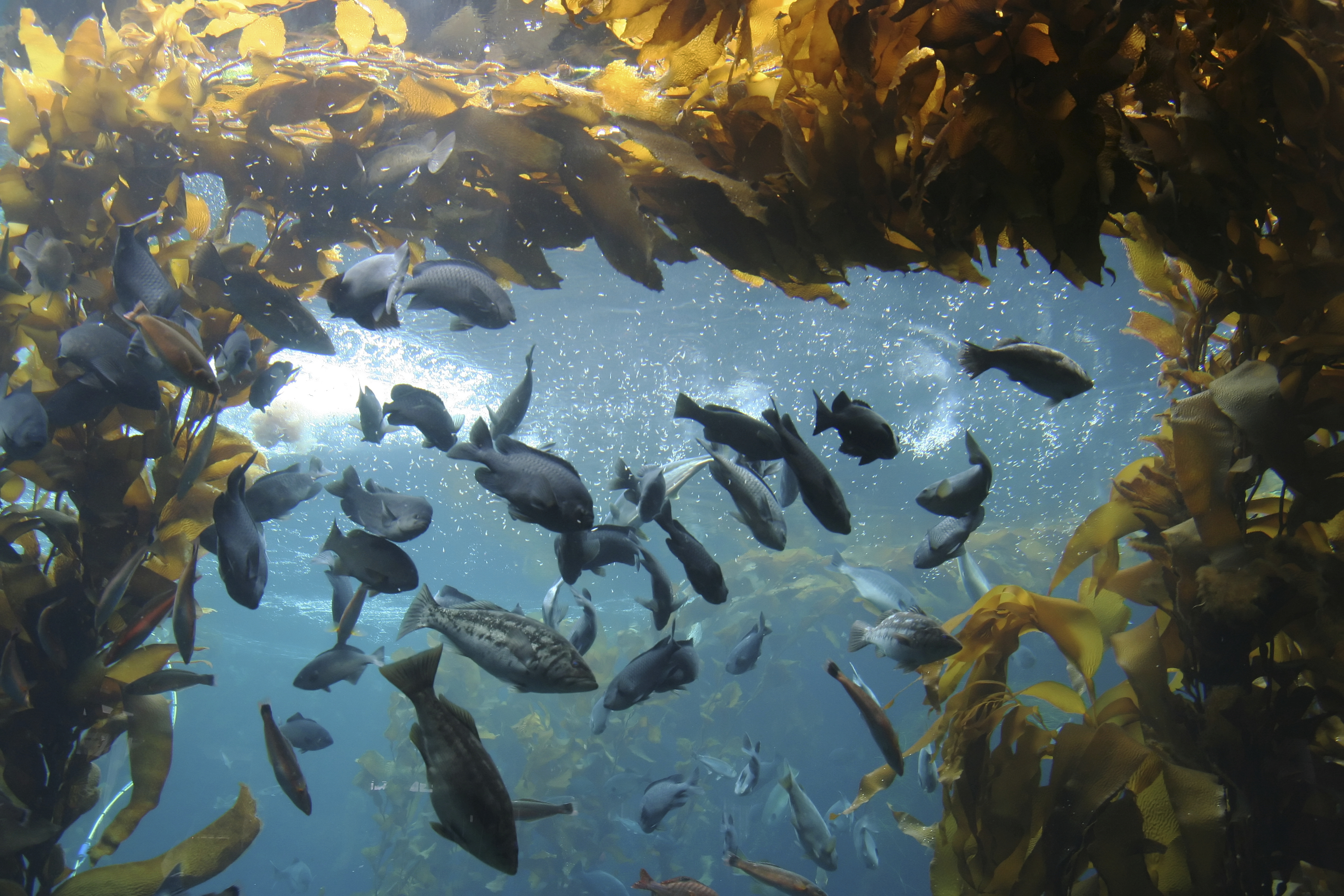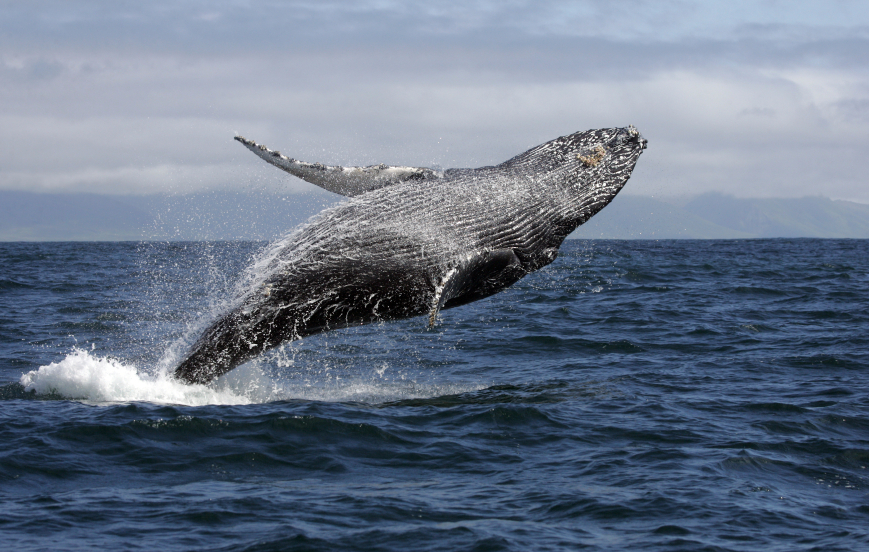History
The complexity of environmental issues affecting nearshore marine waters today have led to general agreement that their protection is only possible by implementing regional approaches to monitoring and resource management. Nearshore marine waters are affected by point-source discharges, storm runoff, rivers, discharges from ships, and atmospheric deposition. At the same time, many marine resources are diminishing under pressure from increasing usage. In the late 1990s, multiple agencies in the Monterey Bay area began working toward implementation of a regional approach to monitoring watersheds and marine waters. With encouragement from the Central Coast Water Board, the major municipalities and industries discharging wastewater to the ocean in the Monterey Bay area embraced this effort and came together to develop a regional water quality monitoring program, which became the Central Coast Long-term Environmental Assessment Network (CCLEAN).
The design of CCLEAN began in 1999 and included input from numerous agencies, public interest groups, business interests and scientists with the goal of protecting and enhancing ocean water quality to ensure uses permitted by State regulations (called beneficial uses). Four of these beneficial uses were prioritized for protection in the CCLEAN design process: 1) water contact recreation, 2) habitat for rare, threatened or endangered species, 3) marine habitat and 4) wildlife habitat.
Objectives
- What are the major sources of contaminants to nearshore waters?
- What are the effects of wastewater discharges in nearshore waters?
- Do nearshore waters and sediments comply with the California Ocean Plan?
- What are the status and long-term trends in the quality of nearshore waters, sediments, and associated beneficial uses?
Outcomes
- Rivers discharge much higher loads of most pollutants to the ocean than do wastewater discharges
- Ocean water in Monterey Bay have exceeded water quality objectives in at least 2 out of 34 samples for polychlorinated biphenyls (PCBs) and the pesticides Dieldrin and DDT. PCBs have exceeded water quality objectives in 23 out of 34 samples.
- Concentrations of the pesticide Dieldrin in mussels along the shore of northern Monterey Bay have exceeded human health alert levels and appear to be declining
- There have been no sustained exceedances of bacterial water quality objectives in the waters surrounding municipal wastewater discharges
- Discharges of wastewater have not been associated with clearly demonstrable adverse effects on beneficial uses
Special studies, funded with state grants and performed through collaborations with other state agency and university scientists, have produced the following major findings:
- Some pollutants are significant risk factors for sea otters dying due to disease
- Measured concentrations of fecal indicator bacteria, which are the basis of water quality regulations, do not correspond to measured concentrations of actual fecal pathogens in the same samples



